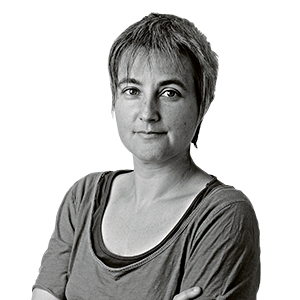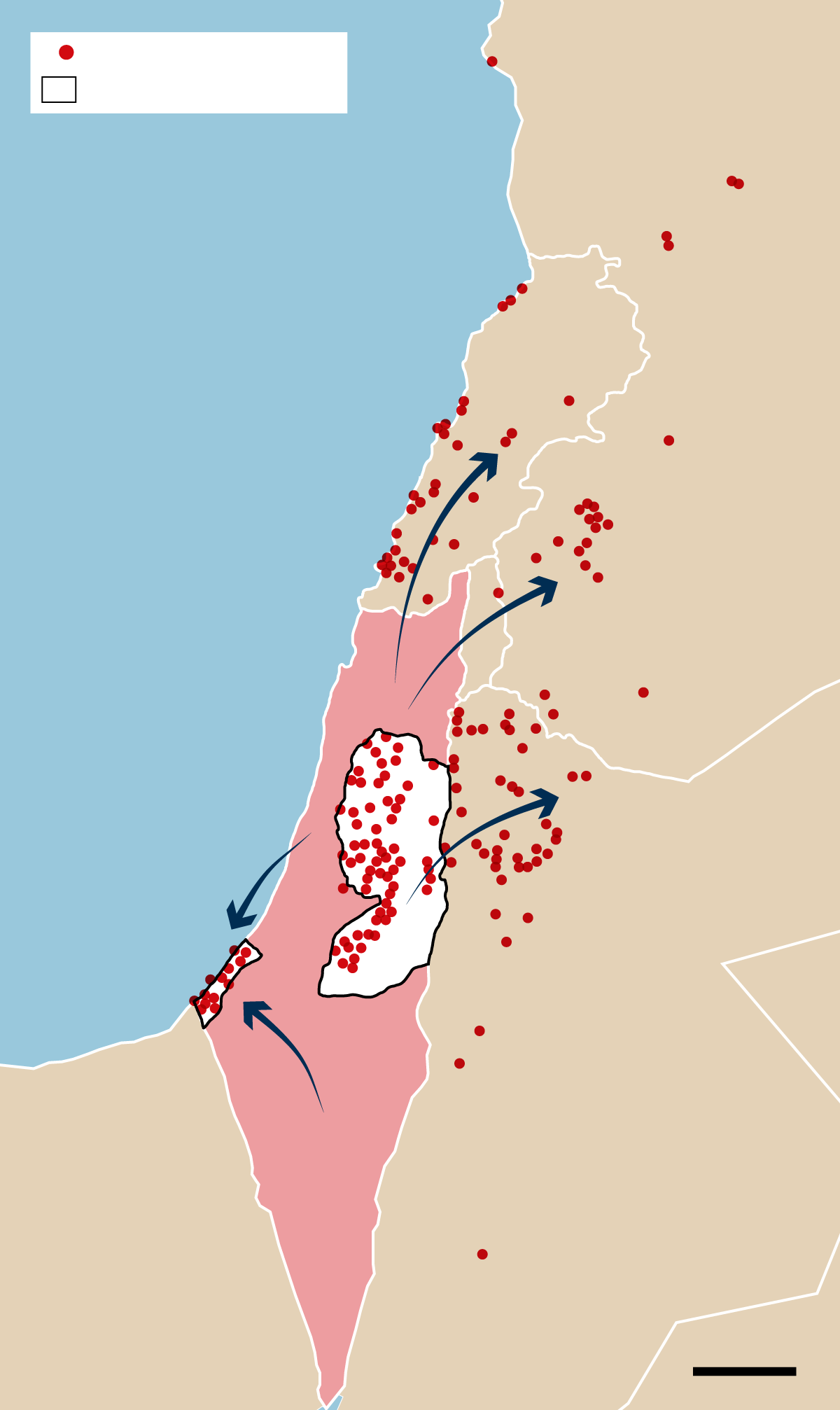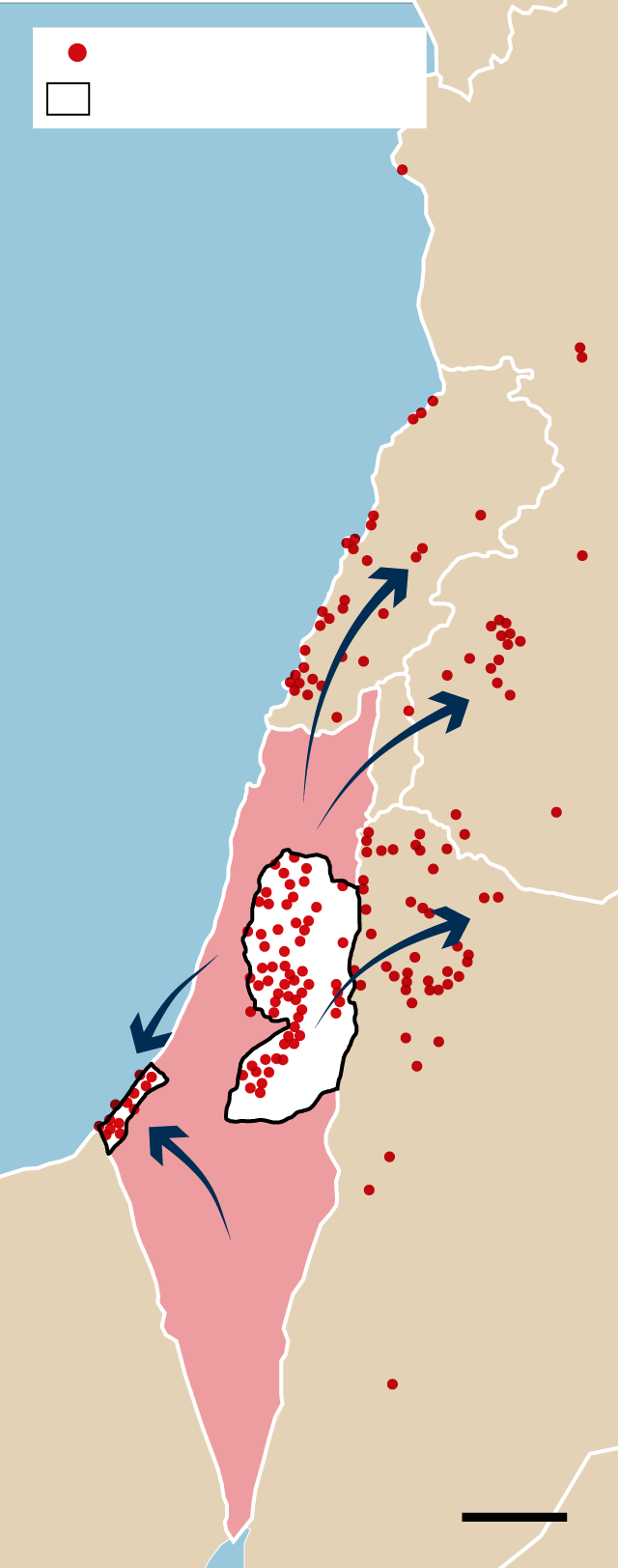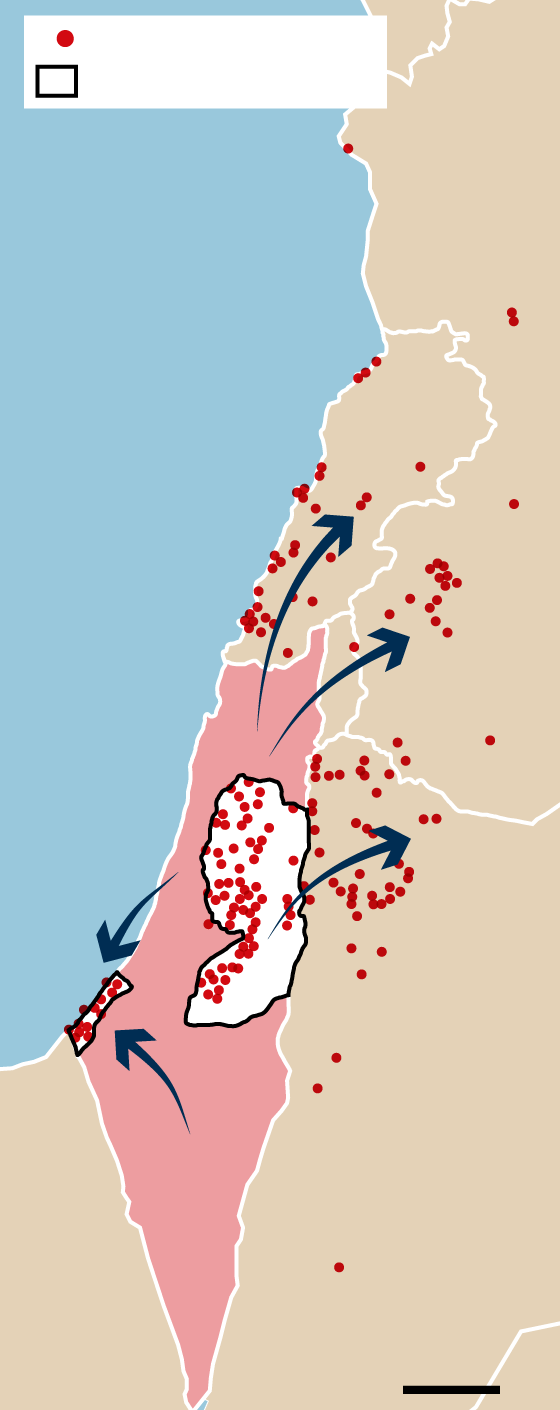How and why did Israel create the Gaza Strip?
The enclave became a large camp for Palestinian refugees displaced from the south in central Israeli territory in 1948.


BarcelonaFor 20 months now, we've been hearing about the Gaza Strip again, where the Israeli army continues to prey on the civilian population: according to UNICEF, 50,000 children have been killed or injured, and according to the UN, the blockade of humanitarian aid has caused the world's worst hunger crisis. The ongoing genocide in this small corner of the Mediterranean—similar in size to the Maresme—has intermittently put it back in the spotlight. But few know its origin: it was Israel that created the Gaza Strip almost eight decades ago. Now, it is ravaging it.
"To understand what is happening in Gaza today, you have to know what happened in 1948," explained Israeli historian Ilan Pappé this week at the opening lecture of the conference on Palestine organized at the University of Barcelona by the Center for International Historical Studies and Surs. "Like many other colonial projects, Zionism sought geographic and demographic change: to appropriate the maximum amount of land in historic Palestine with the minimum amount of Palestinian population within. And Israel's policy has been marked by this logic of space and population, each moment based on its capacity to execute this objective."
Neither the Palestinian attacks of October 7, 2023, nor Israel's subsequent genocidal offensive can be understood without this idea: "Israel created the Gaza Strip. It did not exist before 1948." And with what objective? "In 1948, Israel expelled as many Palestinians as it could to neighboring Arab countries: those living in the north of what became Israeli territory were driven to Lebanon and Syria, those in the east to Jordan, but those in the center and south could not be sent anywhere because Egypt did not and would not." The solution that the first Israeli politicians and generals found was to create "the largest refugee camp in the world," in the form of a rectangular strip of land on the Mediterranean coast. A fact that is too often forgotten and without which nothing of what is happening in Gaza can be understood: 70% of the Strip's population are refugees from the Nakba [catastrophe], as Palestinians call the forced displacement of hundreds of thousands of people to make the state of Israel possible.
The Strip was built around the city of Gaza, an ancient city of the Via Maris, one of the oldest known trade routes, documented as far back as the Bronze Age, which linked the ancient empires of Egypt, Syria, and Anatolia along the coastline and connected them to Mesopotamia. More than two million Palestinians are now crowded into this open-air prison, and four generations later, they have not stopped demanding their right to return home.
Palestinian geographer Salman Abu Sitta was 11 years old when he had to leave the Beer Sheva region and take refuge in the Gaza Strip in 1948. Two million Palestinian refugees in Gaza. They were expelled from 247 towns and cities in southern Palestine, fleeing dozens of massacres. "Palestine," he explained in the same opening lecture of the congress." And he continues his calculations to this day, explaining the geography of the genocide: "Israel forced them to move south, then south, and now back to the small strip, with a population density of the Maresme, geographically very similar to the Strip, less than 1,200 inhabitants per square kilometer.
The Strip became an island without resources to sustain its population, completely dependent on foreign aid: in 1949, there was already famine in Gaza, there was already a lack of hospitals, and massacres were already being perpetrated. The 141,000 inhabitants it had in 1949 have now grown to 2.3 million. That's why it has always been explosive: it is no coincidence that it was the cradle of the first Palestinian guerrilla movement, of the Palestine Liberation Organization (PLO), of a huge leftist camp, of the In in all these processes. If we look at the film of events, and not the isolated snapshot of the current moment, things are much better understood.
Abu Sitta has organized a team of researchers who, using the tools of geography and demography, have drawn up a plan for the return of Palestinian refugees to their lands. These are the principles of the Geneva Convention and many other international conventions. "We have conducted a detailed study, village by village, city by city, and we know exactly where the Palestinian refugees are. And we also know that they could return home and recover their properties only if 77 of the 927 localities where Israelis now live, specifically the Israeli villages, were evacuated. Once destroyed, we can rebuild them. It would be a much easier, legal, humane, and logical evacuation plan than Trump's criminal plan." But the elderly geographer knows that all this is not a matter of space: "For this to be possible, we must end Zionism, war crimes, dispossession, and employment.



